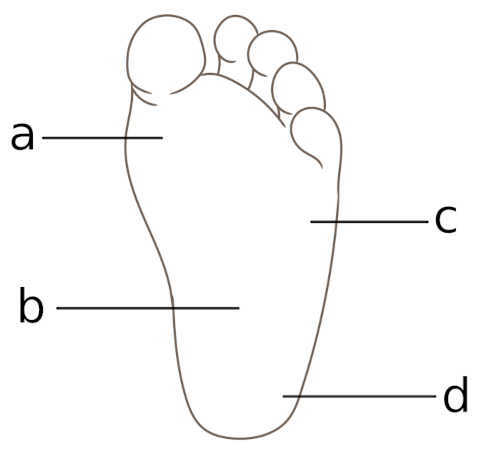 Examelot
Examelot
Report a problem
The AMT RPT (Registered Phlebotomy Technician) certification exam is set by the American Medical Technologists (AMT). Passing the exam proves to employers that you have the knowledge to work as a phlebotomist.
The exam contains 200 questions and lasts 145 minutes. All questions are multiple-choice.
These practice questions will help prepare you for the AMT RPT exam.
This page contains 200 practice questions divided into the eight sections of the exam: 1. Obtaining Blood Samples, 2. Specimen Collection and Processing, 3. Time Management and Assignment Organization, 4. Professional Communications, 5. Clerical Skills and Duties, 6. Safety Standards and Procedures, 7. Legal, Ethical, and Professional Considerations, and 8. Terminology, Anatomy, and Physiology.
All questions have been carefully designed to mimic the questions on the real exam, to help you prepare and get a passing grade.
